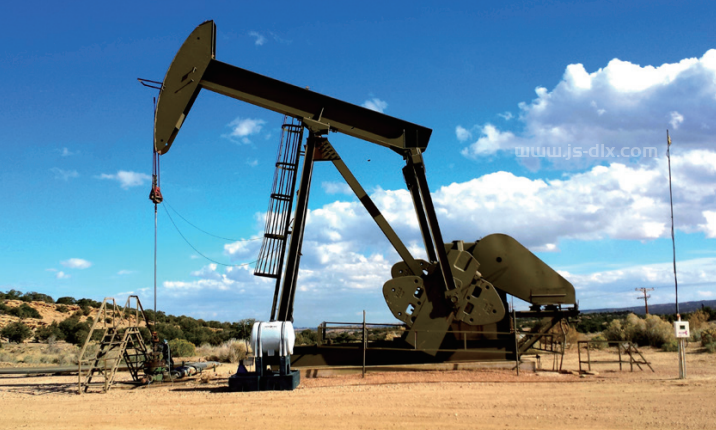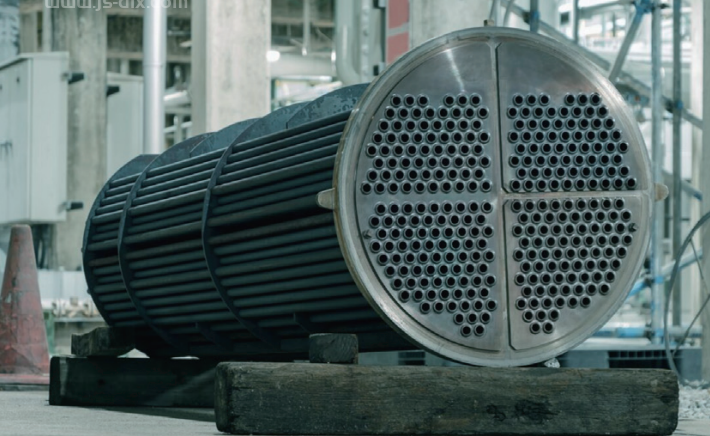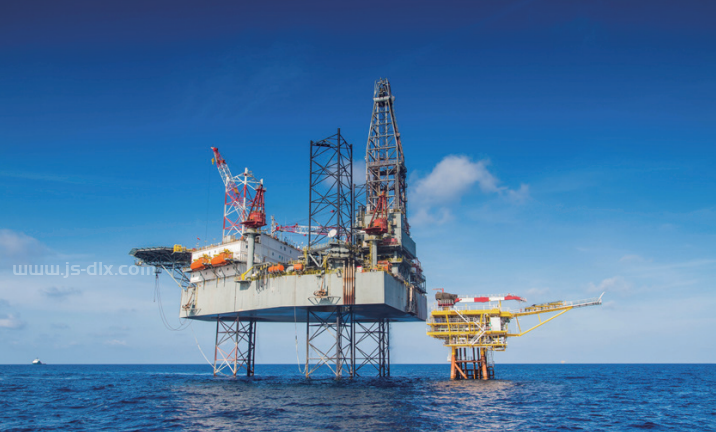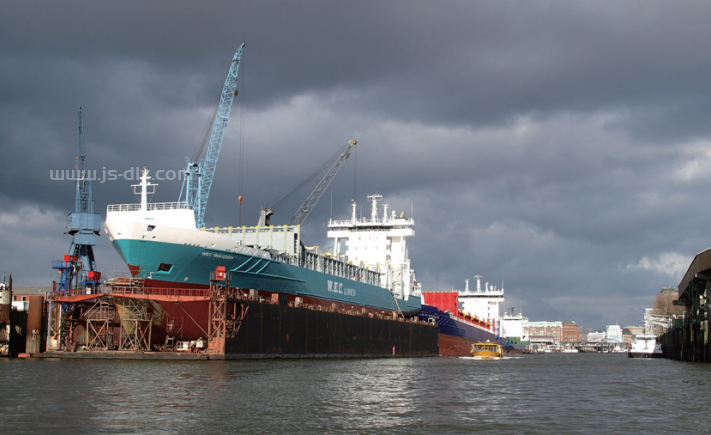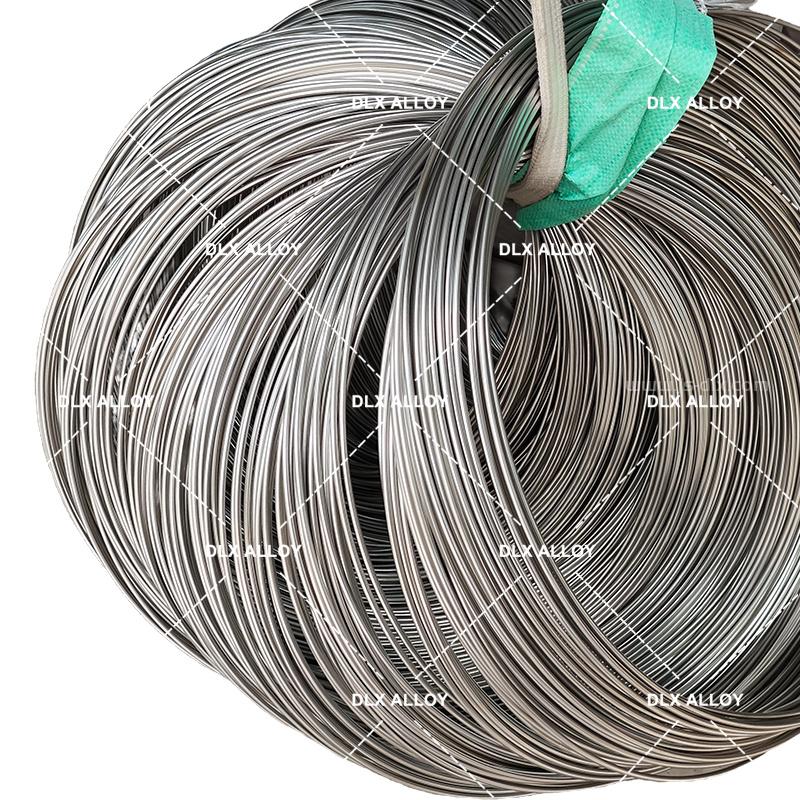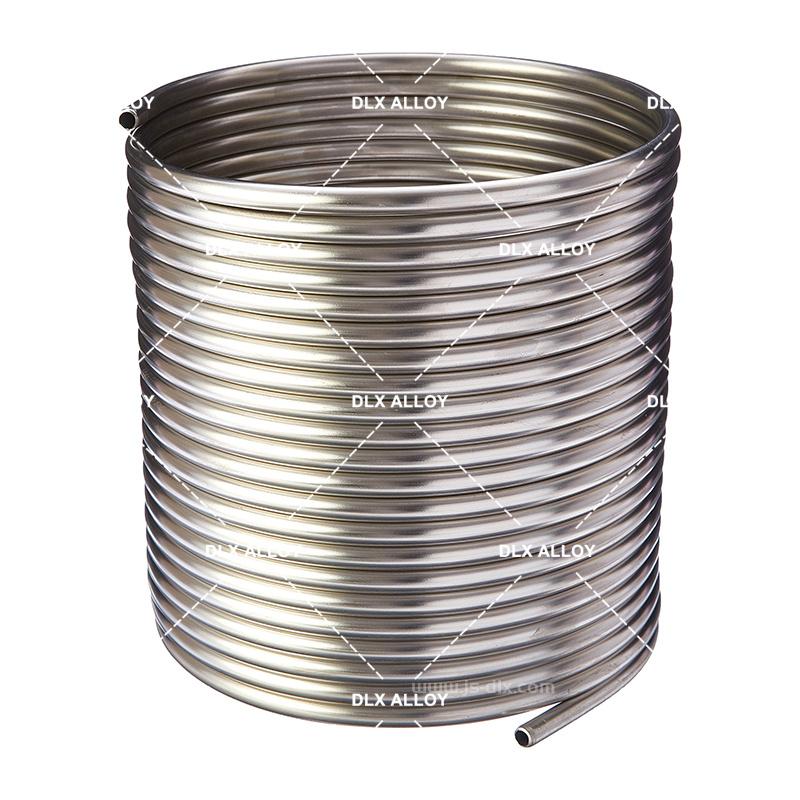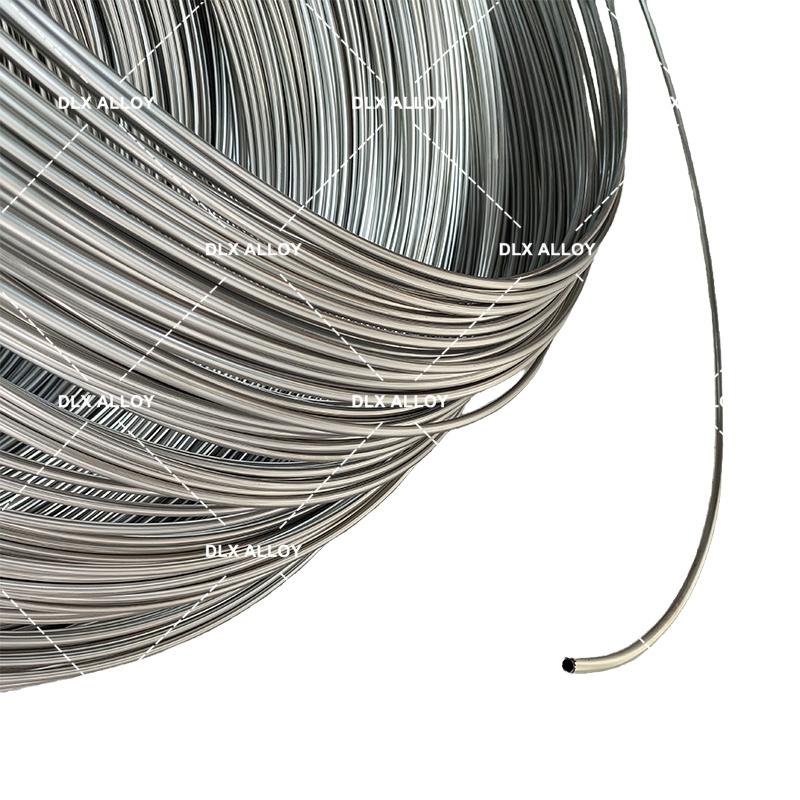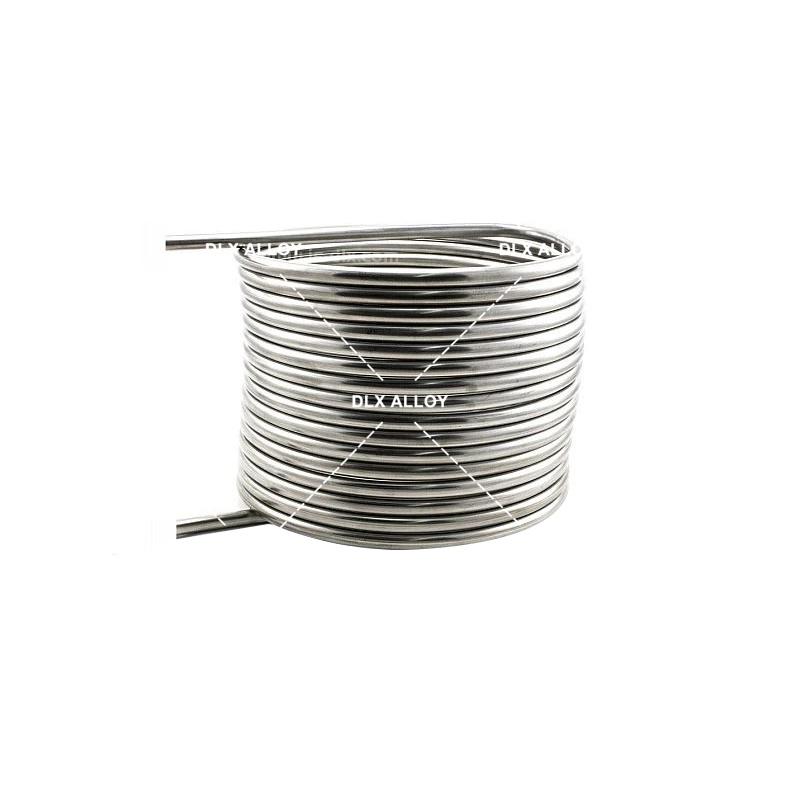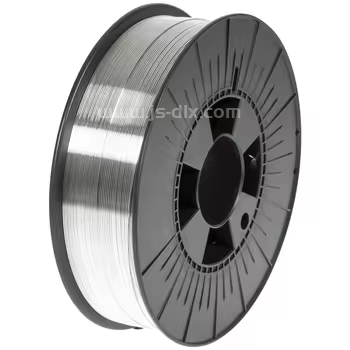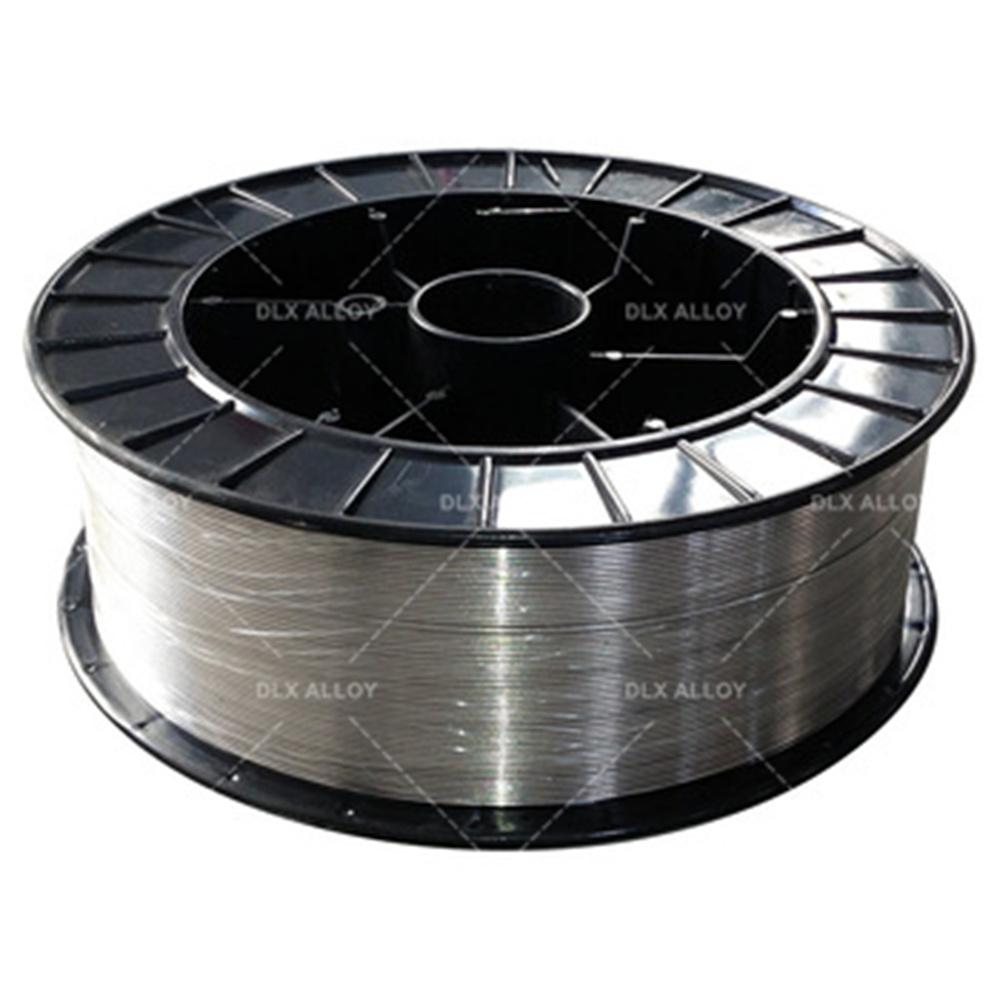In oil and gas applications, control lines made from Alloy 625 are often used to deliver hydraulic control to subsea wells, transmit pressure signals, or supply chemicals in harsh downhole environments. The use of Alloy 625 ensures durability and corrosion resistance in extreme pressure, temperature, and corrosive conditions found in offshore drilling and subsea production.
Alloy 625 (also known by its UNS designation N06625) is a nickel-chromium-molybdenum alloy known for its high strength, excellent fabricability, and outstanding corrosion resistance. It is widely used in applications where high temperature and high pressure are factors, such as in marine, chemical, and aerospace industries.
Corrosion Resistance Of Different Materials(G28 A Methord)
| Grade | Rate(mm/a) |
| N08825 | ≤ 0.9 |
| N08020 | ≤ 0.5 |
| N08367 | ≤ 0.5 |
| N06625 | ≤ 0.9 |
| N10276 | ≤ 10 |
| N06200 | ≤ 1.5 |
| N06022 | ≤ 1.0 |
| N06600 | ≤ 1.0 |
| N06601 | ≤ 1.0 |
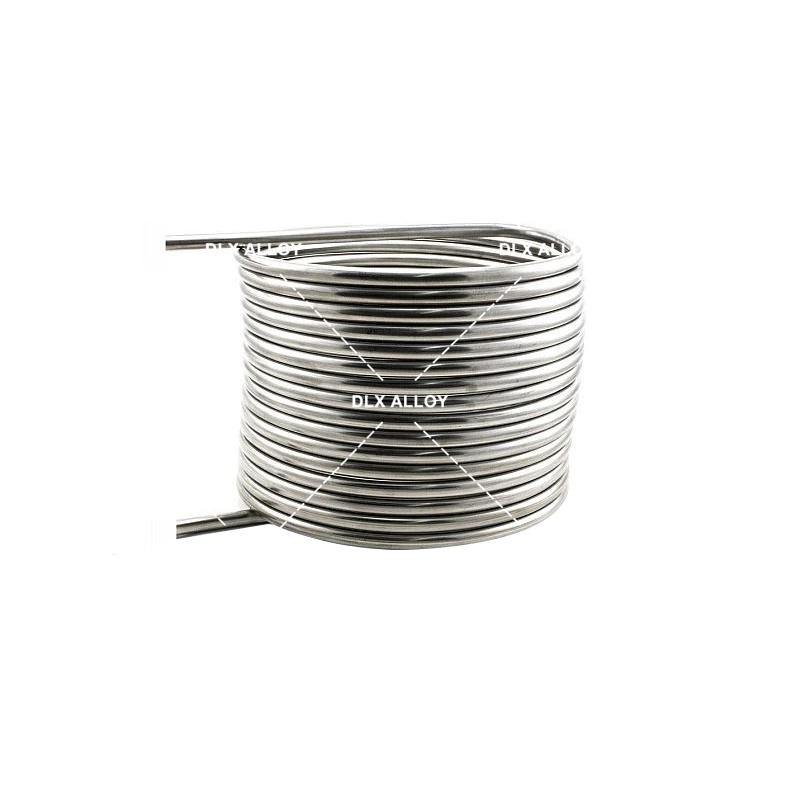
Chemical Composition
| C | Sl | Mn | P | S | Cr | Mo | Ti | Fe | Al | Ni | Co | Nb |
| ≤ | ≤ | ≤ | ≤ | ≤ | ||||||||
| 0.1 | 0.5 | 0.5 | 0.015 | 0.015 | 20-23 | 8-10 | 0.4 | 5 | 0.4 | 58 | 1 | 3.15-4.15 |
Mechanical Propertie
| Property | Mln. | Max. |
|---|---|---|
| Tensile strength (psi) | 120000 | - |
| Yield strength (psi) | 60000 | - |
| Elongation (%) | 30 | - |
Size Dependant Characteristics (Based Upon Nominal Tubing Dimensions)
| Type | O.D. | W.T. | Maximum Theoretical Working Pressure | Minimum Theoretical Collapse Pressure | Nominal Theoretical Burst Pressure |
| in. | in. | psi | psi | psi | |
| Welded | 1/4 | 0.035 | 12377 | 13000 | 29667 |
| 1/4 | 0.049 | 18022 | 17107 | 41333 | |
| 1/4 | 0.065 | 25318 | 21198 | 55000 | |
| 1/4 | 0.083 | 34538 | 24861 | 70333 | |
| 3/8 | 0.035 | 8013 | 9125 | 19901 | |
| 3/8 | 0.049 | 11485 | 12262 | 27727 | |
| 3/8 | 0.065 | 15815 | 15611 | 36894 | |
| 3/8 | 0.083 | 21047 | 18953 | 47180 | |
| 1/2 | 0.035 | 5929 | 7024 | 14984 | |
| 1/2 | 0.049 | 8435 | 9530 | 20876 | |
| 1/2 | 0.065 | 11509 | 12282 | 27779 | |
| 1/2 | 0.083 | 15148 | 15133 | 35523 | |
| Seamless | 1/4 | 0.035 | 12377 | 13000 | 29667 |
| 1/4 | 0.049 | 18022 | 17107 | 41333 | |
| 1/4 | 0.065 | 25318 | 21198 | 55000 | |
| 1/4 | 0.083 | 34538 | 24861 | 70333 | |
| 3/8 | 0.035 | 8013 | 9125 | 19901 | |
| 3/8 | 0.049 | 11485 | 12262 | 27727 | |
| 3/8 | 0.065 | 15815 | 15611 | 36894 | |
| 3/8 | 0.083 | 21047 | 18953 | 47180 | |
| 1/2 | 0.035 | 5929 | 7024 | 14984 | |
| 1/2 | 0.049 | 8435 | 9530 | 20876 | |
| 1/2 | 0.065 | 11509 | 12282 | 27779 | |
| 1/2 | 0.083 | 15148 | 15133 | 35523 |
Encapsulated lines have become ubiquitous in oil field downhole systems. Encapsulated
material offers a number of advantages that help to guarantee successful fulfilment of the task.
1. The encapsulation makes a protective barrier that keeps the line from being scratched, pitted
and squashed as it operates.
2. The encapsulation offers a integration that will help minimize the amount of equipment and
personnel required to deploy multiple single components.
3. The encapsulation avoids metal-to-metal contact.
4. The encapsulation protects the undersurface components within the bore, for instance,
lines that might be exposed to high concentrations of liquid
APPLICATION
Key Properties:
Corrosion Resistance: Exceptional resistance to a wide range of corrosive environments, especially in harsh settings involving seawater, acids, and high temperatures.
High Strength: The alloy has high tensile, creep, and rupture strength, often due to the presence of molybdenum and niobium.
Temperature Resistance: Can withstand high temperatures (up to 980°C or 1796°F) without losing mechanical properties.
Oxidation Resistance: Excellent oxidation resistance up to 1000°C (1832°F).
Fatigue Resistance: Known for its exceptional fatigue and thermal fatigue resistance, making it suitable for cyclic loads in high-temperature environments.
